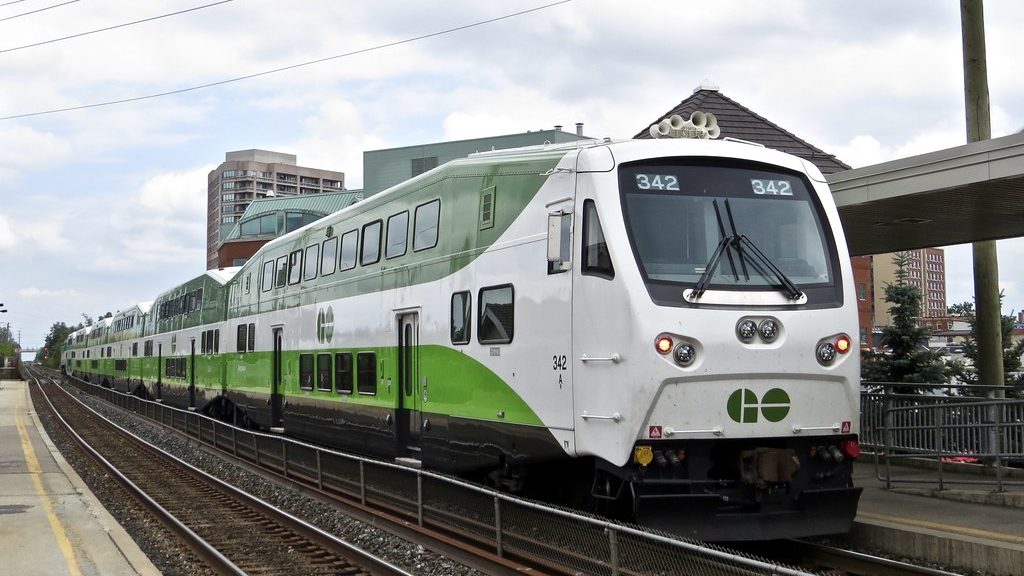How much training is needed to drive a tractor trailer? Your hairdresser may have more
Posted February 28, 2023 1:11 pm.
Last Updated March 1, 2023 5:08 pm.
The driver at the wheel of that tractor trailer beside you on Highway 400 may have had only a few weeks of training before getting hired, thanks to lax oversight of the province’s trucking schools, and carriers that take Ontario’s mandated bare minimum in training at face value.
When CityNews counted them, there were 181 trucking schools registered with the Ministry of Colleges and Universities (MCU). More than half operate in Mississauga and Brampton alone.
The president of the Private Motor Truck Council of Canada (PMTC) said there’s simply not enough people to audit truck driving schools. That they are inspectors with the MCU is another problem.
“They maybe know all the paperwork that’s required, but they don’t have any knowledge of everything that’s safety related to the truck,” said PMTC President Mike Millian, whose group’s members include major companies with private fleets.
In 2017, Ontario introduced mandatory entry-level training standards, known as MELT. It requires would-be truckers to complete 103.5 hours of instruction before attempting a road test. Prior to 2017, there was no requirement anywhere in Canada and Ontario’s new regulations were seen as a breakthrough.
Today, with no one to enforce those regulations, schools are getting away with producing poorly trained commercial drivers who put themselves, experienced truckers, and the public at risk.
RELATED STORY: Truckers’ knowledge of braking system ‘an issue,’ say some industry experts
Millian said 103.5 hours of training is the floor. Yet, upon completion of those 103.5 hours, which include as few as 32 on the road, you can take a road test. Once you pass, “you could be operating a set of B trains that weigh up to 140,000 pounds all by yourself,” said Millian.
Now consider this: You need about 3,000 more hours of training to become a hairstylist.
MELT was meant to rid the province of so-called licencing mills teaching student drivers just enough to pass a test. Fast forward six years later, those licencing mills still exist, Millian said. They’re just charging more, and “required to teach 103 hours but they’re not teaching it.”
“You’re going to weed out the bad ones if you can guarantee they’re being audited properly every two years,” he explained.
Schools employing instructors who lack training themselves
Kim Richardson has been in the truck training business for over 30 years. He said too many aspiring truckers are sold into the industry on promises of high pay and instant job offers. Then when they shop for schools, there are huge disparities in pricing and length of courses.
“The three questions we hear all the time are: ‘How much? How long? And when’s the test?’ Those are three of the worst questions you can ask,” he said.
Richardson is a co-founder and past president of the Truck Training Schools Association of Ontario (TTSAO). With entry-level courses running at least 200 hours, TTSAO member schools are considered the reputable ones. And teaching those courses are certified instructors – which is not a requirement.
Currently, the people training truck drivers are required to have little to no training themselves as instructors. It’s another issue Richardson believes the Ontario government has been slow to address, six years after implementing MELT.
A recent report from the auditor general found the Ministry of Colleges and Universities “cannot effectively confirm” whether an instructor has the qualifications to properly train entry-level students, noting schools are employing instructors who lack the mandated experience of having a Class A licence for at least five years.
“For example, during an inspection of a private career college, the Ministry inspector incorrectly concluded that the commercial truck driver instructor was appropriately qualified, whereas the Ministry of Transportation had determined during a road-side inspection done just nine days prior that the same instructor contravened the training program requirement,” the report read.
‘We actually have to hire inexperienced people’
As for solutions, Richardson and Millian told CityNews that together with industry partners they have made several proposals to the Ministry of Transportation, including involving its own people in the auditing of truck driving schools.
“That got turned down,” Millian said.
When it comes to improving MELT, Millian stressed the importance of finishing programs that give newly licenced drivers real-world experience before hitting the road on their own.
“We actually have to hire inexperienced people because nobody has experience before we give them experience,” he said. “But me training you within 200 km of my yard, no matter how much I train, is not going to get you the experience that you need to go out on the road by yourself.”
With files from Laura Matte.










